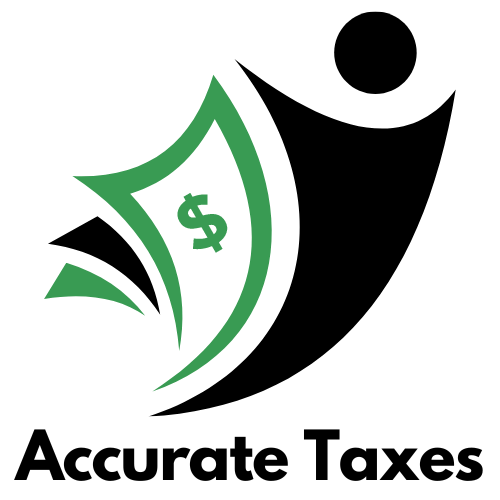The Nightmare of Payroll Tax Embezzlement
If you have employees in your business, this story should have your attention.
Timothy McCloskey, president and sole shareholder of Brosius, delegated financial responsibility to Kathleen Lawson, his bookkeeper and chief financial officer.
Ms. Lawson embezzled more than $800,000 from Brosius and failed to remit employee withholding taxes to the IRS for 19 quarters (4.75 years). Once Mr. McCloskey became aware of the magnitude of Ms. Lawson’s embezzlement, he knew that he could not continue to keep Brosius in business.
He discussed bankruptcy with his lawyer, but circumstances dictated winding down the affairs of the corporation as a better alternative. Mr. McCloskey began paying off creditors, other than the IRS.
He sold company inventory for $240,000 and used this money to pay off a loan to National City Bank, because he had personally guaranteed this debt.
Mr. McCloskey, as president of Brosius, signed and mailed Form 941 returns for the 19 back quarters and paid the taxes and penalties for three of those back quarters. The remaining assessments against Brosius (and soon, against Mr. McCloskey, individually) for penalties, statutory additions, accrued interest, and costs totaled $325,695.
If you own and are active in the business, you are personally responsible for making sure that the payroll taxes are paid. Neither the IRS nor the law allows excuses.
See if you can answer the following question: Are you absolutely, positively sure that your payroll tax money has been remitted to the IRS? Have you seen absolute, physical proof with your own eyes?
- You can’t ask someone and count on that answer.
- You can’t see a report from your payroll service and believe that as absolute proof.
- The fact that the payroll tax amounts were taken from your business bank account does not mean that money was remitted to the IRS.
What, then, is the answer?
It’s simple, really. Examine your account with the IRS. You can see your payroll tax money sitting in your IRS payment account by just looking at your account.
Here’s how this works: First, it’s simple, sure, and free. You register with the IRS’s Electronic Federal Tax Payment System (EFTPS). Once registered, you can see physical proof of your tax payments in the IRS register. The register holds the last 15 or 16 months of your payments.
The EFTPS register is absolute proof. If you see the deposits in the register, you know that your in-house bookkeeper or outside payroll service properly sent the money to the IRS. If the money is missing, the register tells you so.
To check out and register for the EFTPS, click here to get to the EFTPS home page.
If you would like to discuss your payroll, please email me at accuratetaxes616@gmail.com
The post The Nightmare of Payroll Tax Embezzlement appeared first on ProAct Bookkeeping.



